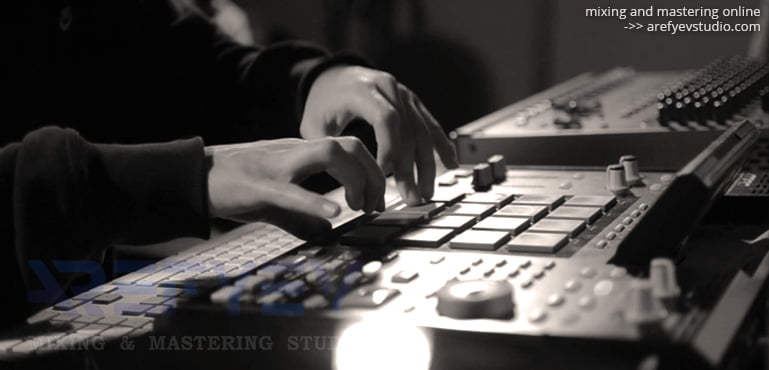A mixing engineer is a person responsible for combining (mixing) various elements of recorded music (vocals, instruments, effects, etc.).
It is the engineer’s responsibility to bring the raw material into a full, space-filled track. The final stage of work on the composition is conducted by a mastering engineer. This is a completely creative profession, occupying the area between the artist and the scientist, where it is necessary to be able to evaluate the harmonic structure and the colorful reflection of the best sides of the composer’s idea.
Education
Mixing engineers sometimes formally capture the mix when they get an education in audio engineering or engineering recording. The degree of understanding of music can help expand the powers of the engineer, despite the fact that most of the experience comes in practice. For effective work with sound, it is necessary to train hearing by trial and error.
Methods
Mixing engineers rely directly on the material (creating frequency pictures and placing instruments in proper order) and on their intuition.
Certain procedures are usually applied:
- Material analysis and style determination
- Find the most important elements (tracks or track combinations) to emphasize
- Clarification of reference points and desired shade
- Mix balancing
- PanFx. Fully creative process, including the filling of effects and space. balancing
- Direct filling with space and eliminating frequency conflicts
- Completion of mix information and transfer to mastering engineer
Mixing engineer are given audio tracks for work. They are created by the method of accumulation in the recording studio, as well as using a computer and a special DAW program. The work consists in balancing each signal by placing it through effects processors and aligning its position in the mix.
Basic tools for work:
- Equalizer. Allows you to identify and eliminate frequency conflicts by removing unnecessary / resonating frequencies.
- Compressor. Allows you to reduce / compress the dynamic range between the lowest and highest signal levels. The compression threshold determines which part of the “jumping out” frequencies will be compressed.
- Pan setting. Create a sound field for readability and completeness of the mix as a whole. With the development of digital technology, this is often done artificially.
- Fx. Fully creative process, including the filling of effects and space.
Equipment
Some mixing engineers use such technical tools in their work: analog-digital converters, digital workstations, analog and digital compressors, equalizers, vst plug-ins, microphones, mixing consoles, DAW controllers, music sequencers, effects processors and tape machines.



